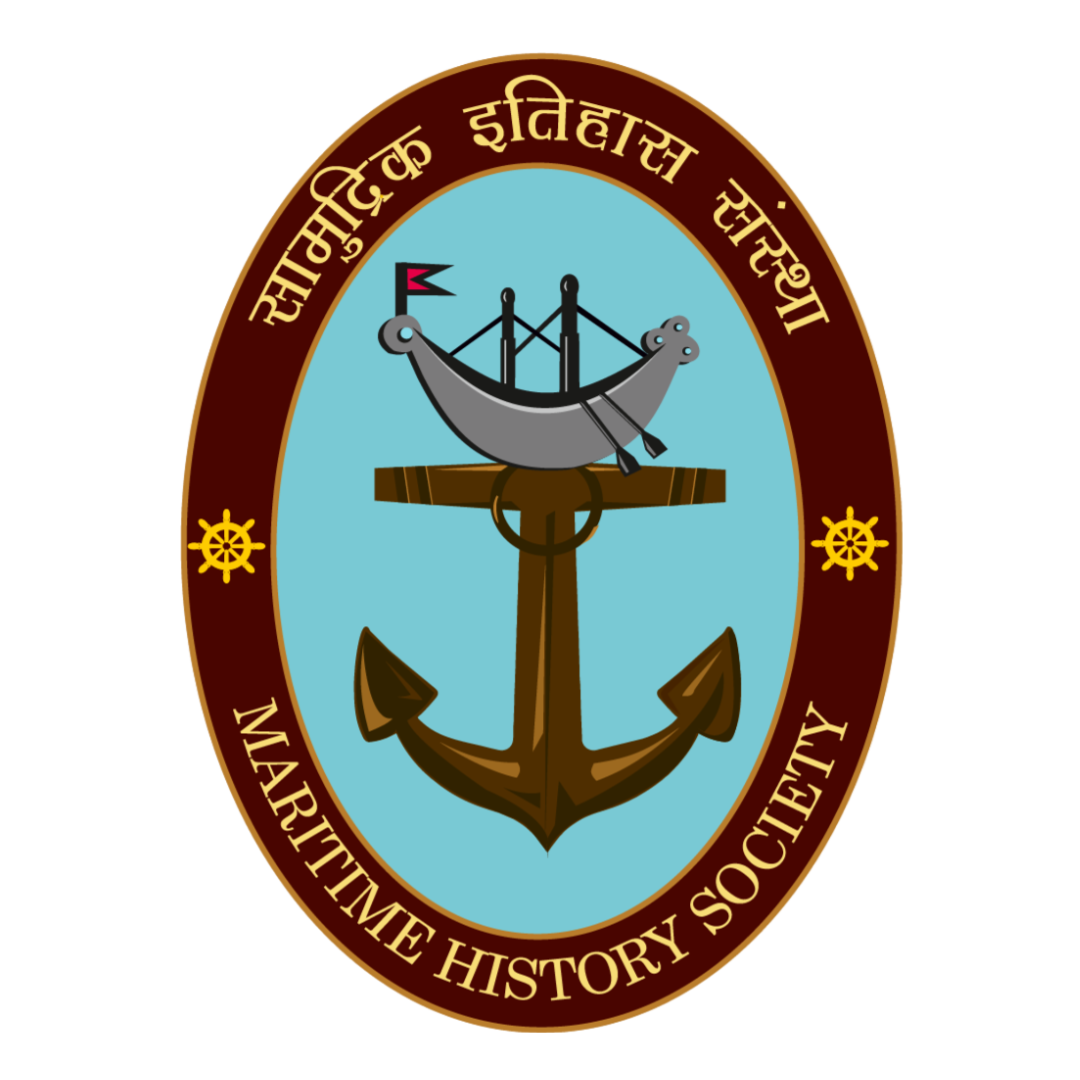Figure 1 Nur Jahan Source: https://en.wikipedia.org/wiki/Nur_Jahan#/media/File:Nurjahan.jpg
In the last segment we read about Mariam-uz-Zamani’s maritime pursuits, she builds up a trading empire and is actively involved in the proceeds and functioning of her maritime venture. Despite being the Queen Mother, she had to deal with the perils of the maritime trade imposed by the Portuguese, which she managed to navigate with all the brevity of a wise trader. In this blog, we shall explore the maritime quests of the ‘Light of the World’ – Empress Nur Jahan.
Ambitious and influential, adventurous and trained in the military, well versed in politics, an adroit tradeswoman, unmatched for her skills in art and architecture, literature, and gardening, skilled as a sovereign and married to the most powerful man in India, Nur Jahan was to attain unprecedented political and economic power for a Mughal woman in the 17th century. A mother to a girl, widowed in her twenties and remarried to the Mughal Emperor Jehangir in her thirties, Nur Jahan was already aware of the world. With her intellect and gallantry, she received privileges like gold coins struck in her name which no other Queen in the Mughal Empire did. Unlike her mother-in-law Mariam-uz-Zamani, Nur Jahan did not limit herself to maritime trade alone. The Mughal Empire during this time was a cosmopolis of international diversity with people from far and wide visiting the empire to trade in luxury items which suited Nur Jahan’s temperament and ambitions.[1]
Nur Jahan was a very wealthy woman in her own right, the jagirs that she owned like Ramsar and Toda generated revenues for her which she invested in trade and architecture. Nur Jahan is known for the sarais that she built at Jalandhar and Agra named as ‘Nur Mahal Sarai’. She bore the entire expenses of these sarais which were magnificent and reflected the wealth and splendour of Nur Jahan. A sarai was a roadside inn for the exchange of goods usually found alongside major trade routes. These sarais could accommodate two to three thousand people and five hundred horses and camels at one time.[2] A Dutch Merchant Francisco Pelsaert, states that the officers of Nur Jahan Begum collected duties on all these goods before they could be shipped across the river, and also on innumerable kinds of grain, butter, and other provisions, which were produced in the eastern provinces, which clarifies that these sarais also made an income for Nur Jahan.[3]
Nur Jahan invested the money that she received from other pursuits into owning a number of ships and carried out sea trade of luxury items with foreign lands. Since she belonged to the Mughal zenana (Mughal harem) she could not trade directly and so Asaf Khan, Nur Jahan’s brother became her chief agent in her maritime activities. Her ships traded mainly in luxury items like indigo and embroidered cloth, exported from Surat to the Arabian Coasts. Sensing the rivalry between the Portuguese and the Mughals, Nur Jahan favoured the British to allow her ships to smoothly sail on foreign waters as the Portuguese would cause hindrance to the functioning of her ships.[4] This shows that she was politically savvy and had an acumen to weigh risks and profits in trade. Her ships also traded internally through the river Jamuna (Yamuna) in Agra. Items manufactured in Agra were distributed throughout the country, and many items were imported into Agra via the same route.[5]
Despite being part of the Mughal zenana, Nur Jahan maintained her autonomy as a free willed enterprising personality. Trading with foreign merchants, managing finances of the Mughal court, minting coins in her own name, and spearheading new trends in fine arts and architecture were some of her outstanding achievements which added character to the court life and feathers to the Mughal crown. She carried on the maritime legacy of her predecessor Mariam-uz-Zamani, diversified her activities, and took keen interest in politics while strategizing her economic interests with the changing political scenarios.
[1] Findly, Ellison Banks. Nur Jahan: Empress of Mughal India. United Kingdom: Oxford University Press, 1993. p 04.
[2] Mukherjee, Soma. Royal Mughal ladies and their contributions. India: Gyan Publishing House, 2001. p 240.
[3] Mukhoty, Ira. Daughters of the Sun: Empresses, Queens and Begums of the Mughal Empire. India: Aleph, 2018. p 167.
[4] Mukherjee, Soma. Royal Mughal ladies and their contributions. India: Gyan Publishing House, 2001. p 241.
[5] Ibid




0 Comments